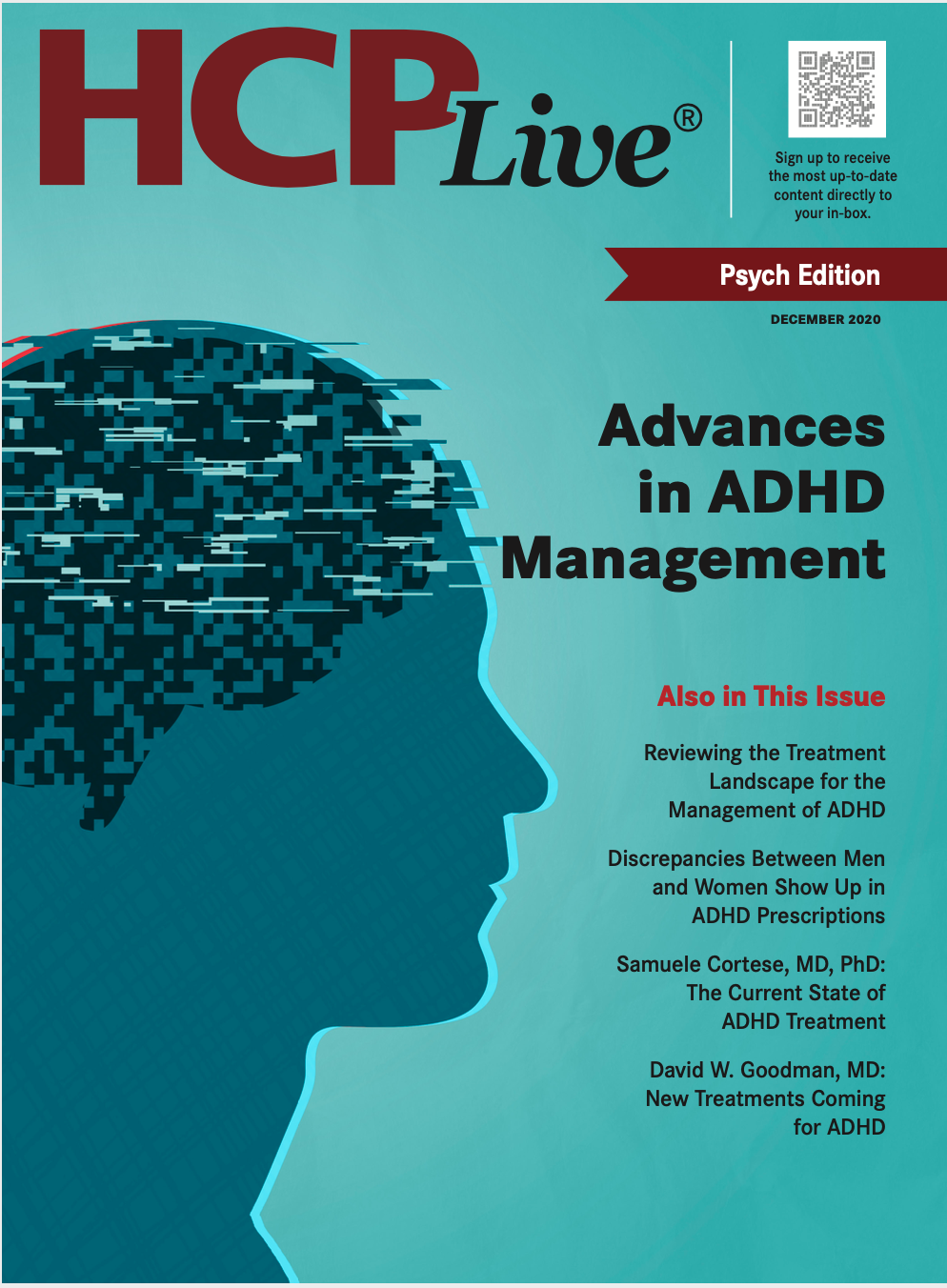Publication
Article
Supplements
Endocrine-Disrupting Chemicals Linked to ADHD-Related Behaviors
Author(s):
Phthalates were particularly linked to negative behaviors in adolescents who developed ADHD.
Jessica R. Shoaff, PhD

New research suggests that endocrine-disrupting chemical exposure could substantially increase the risk of developing ADHD.
A US research team, led by Jessica R. Shoaff, PhD, Channing Division of Network Medicine, Harvard Medical School, Brigham and Women’s Hospital, evaluated the link between exposure to select endocrine-disrupting chemicals during adolescence and ADHD-related behaviors.
Currently, ADHD is the most common childhood neurobehavioral disorder, impacting approximately 9.4% of children in the US. It is believed that prenatal and early childhood exposure to endocrine-disrupting chemicals could be linked to ADHD, but it has not been examined during adolescence.
Endocrine-disrupting chemicals are widely used in consumer products such as food processing and packaging equipment, personal care products, and pharmaceuticals.
In the cross-sectional analysis, the investigators collected data from 205 adolescents in the New Bedford Cohort, an ongoing prospective birth cohort, between June 2011 and June 2014.
The mean age at assessment was 15.3 (0.7) years old.
Each participant provided spot urine samples and underwent neurodevelopmental testing. The investigators used a repeated-measures analysis with multivariate modified Poisson models to estimate the adjusted relative risk of ADHD-related behaviors associated with exposure to endocrine-disrupting chemicals.
The research team also quantified urinary biomarkers of endocrine-disrupting chemicals or their metabolites, including phthalates, parabens, phenols, and triclocarban and created summary exposure measures combining biomarker concentrations of chemicals with a shared mechanism of action, exposure pathway, or chemical class.
The investigators assessed behaviors related to ADHD with up to 14 indices from self-, parent-, and teacher-completed behavioral checklists using validated and standardized instruments, particularly using the Conners Attention Deficit Scale and the Behavior Assessment System for Children, Second Edition.
The researchers dichotomized scores on each index to identify those with evidence of a significant behavioral problem, defined by each scale’s interpretive guidelines.
The median urine concentrations were 0.45 μmol/L of Σantiandrogenic phthalates, 0.13 μmol/L of ΣDEHP metabolites, 0.49 μmol/L of Σpersonal care product phthalates, 0.35 μmol/L of Σparabens, 0.02 μmol/L of Σbisphenols, and 0.02 μmol/L of Σdichlorophenols.
The researchers found 82 scores (40%) consistent with a significant behavioral issue, 39 (19%) of which had an ADHD diagnosis. For each two-fold increase in the sum of antiandrogenic phthalate concentration there was a 1.34 (95% CI, 1.00-1.79) increase in the risk of significant ADHD-related behavior problem.
A two-fold increase in the sum of dichlorophenols was linked with a 1.15 (95% CI, 1.01-1.32) increased risk.
In both cases, the associations were stronger in male participants, but comparisons of sex-specific differences were imprecise.
The results support a further examination of endocrine-disrupting chemicals as a potential risk factor for significant ADHD-related behavior problems.
“Endocrine-disrupting chemicals are used in a wide variety of consumer products resulting in ubiquitous exposure, the authors wrote. “The study findings suggest that exposure to some of these chemicals, particularly certain phthalates, during adolescence may be associated with behaviors characteristic of ADHD.”
The study, “Association of Exposure to Endocrine-Disrupting Chemicals During Adolescence With Attention-Deficit/Hyperactivity Disorder–Related Behaviors,” was published online in JAMA Network Open.






